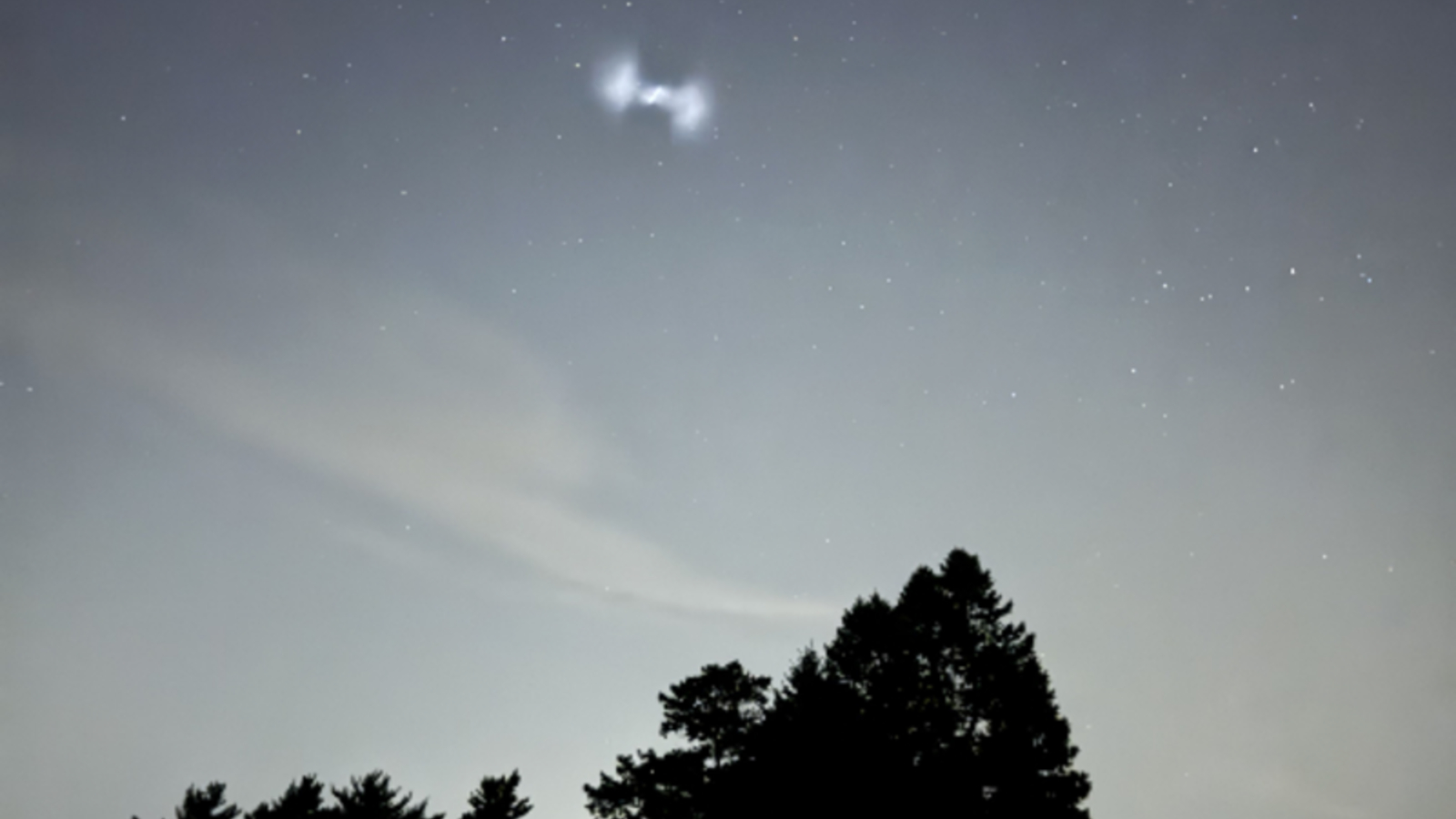Unusual Black Iceberg Discovered Off the Coast of Labrador, Canada

A striking black iceberg has captured the attention of scientists and social media users alike, sparking intrigue and awe across the internet. This rare phenomenon was spotted off the coast of Labrador, Canada, by a local fisherman, Hallur Antoniussen, who was working aboard his shrimp trawler, the Saputi, while navigating through the icy waters near Carbonear. Antoniussen described the iceberg as pitch black in color and diamond-shaped, presenting a dramatic contrast against the typical white and blue hues of the surrounding ice chunks.
According to Antoniussen, the iceberg was impressively large, estimating it to be at least three times the size of a standard bungalow. Recognizing the uniqueness of the sight, he hurried to his cabin to capture a photograph that would soon become a viral sensation online. The image of this unusual iceberg quickly spread across various social media platforms, eliciting a wave of fascination and speculation from viewers around the world.
Generally, icebergs appear white due to the numerous tiny air bubbles trapped within the ice, which scatter all visible wavelengths of light. However, when ice becomes compressed—often as it moves and melts—it can lose those air bubbles, taking on a clearer, sometimes glassy appearance. Dark or black icebergs are exceptionally rare and typically indicate some form of contamination. As glaciers traverse the land, they can incorporate soil, pebbles, or other dark substances into the ice, leading to the formation of these striking black icebergs.
According to glaciologist Lev Tarasov from Memorial University, the iceberg in question may have originated from a glacier that calved off the coast near Greenland. As it drifted southward through Baffin Bay and along the Labrador coast, the iceberg gradually melted, revealing darker, sediment-rich layers beneath its surface. Tarasov noted, “Ninety percent of the iceberg is actually submerged. What we’re seeing is just the tip. The black material may have once been buried deeper within the ice mass.”
This discovery not only presents a visual wonder but also raises intriguing scientific questions about glacial processes and the dynamic nature of our planet’s icy frontiers. As the image of the black iceberg made its rounds online, social media users flooded various platforms with their astonishment and theories regarding its unusual coloration. One user remarked, “I’ve seen plenty of big icebergs, but never a black one,” while another expressed, “This is my first time seeing a black iceberg!” Some users even speculated that the dark appearance might result from a boulder resting atop the ice, possibly picked up by a glacier before it calved into the ocean.

























